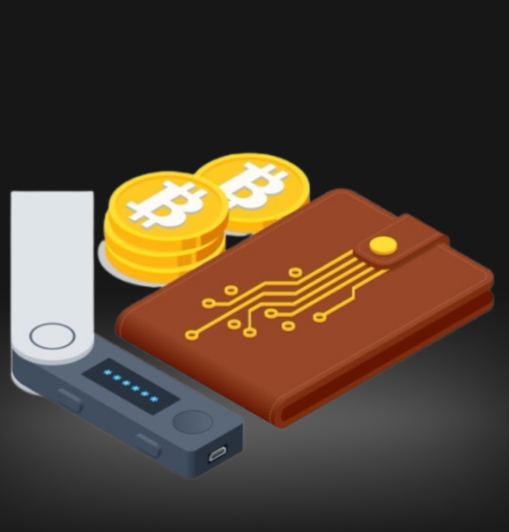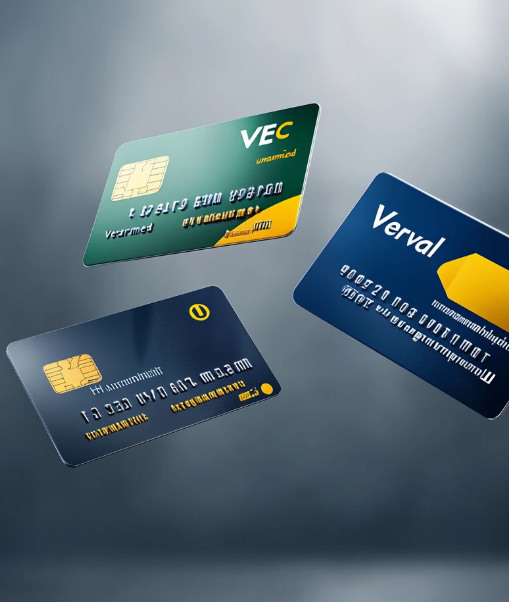In the world of cryptocurrencies, security is paramount. As crypto assets continue to grow in value, protecting them from theft, hardware failures, or software bugs is crucial. Cold storage is widely considered the best method for securing your digital assets long-term. Whether you are an experienced investor or a beginner, understanding how cold storage works is essential for keeping your crypto investments safe. In this guide, we will explore what cold storage is, its advantages, and how to effectively use it to protect your assets.
What is Cold Storage?
Cold storage refers to the practice of keeping your cryptocurrency private keys offline. Private keys are necessary for accessing and managing your crypto assets, and by storing them offline, you eliminate the risk of online hacks. Unlike hot wallets, which are connected to the internet, cold storage offers an extra layer of security by making it nearly impossible for hackers to access your keys. Cold storage solutions include hardware wallets, paper wallets, and even some encrypted forms of storage.
Why Use Cold Storage?
Cold storage is the best choice for safeguarding your crypto assets, especially if you’re holding them for the long term. The main advantage of using cold storage over hot wallets is the superior security. Hot wallets, while convenient for daily transactions, expose your private keys to the internet, which makes them more vulnerable to hacks. In contrast, cold storage keeps your keys offline, protecting your assets from online threats. It’s ideal for high-value assets that you don’t need immediate access to.
For example, Binance’s Bitcoin cold wallet currently holds over 250,000 BTC, showcasing the benefits of cold storage for large-scale asset protection.
Types of Cold Storage
There are several types of cold storage options, each with its own level of security and user experience. The most common methods include:
1. Hardware Wallets
Hardware wallets, like the Ledger Nano S and Trezor, are physical devices that store private keys offline. They provide excellent security by allowing you to sign transactions without exposing your keys to the internet. These devices are compact, secure, and designed for easy use, making them a top choice for long-term storage.
2. Paper Wallets
A paper wallet involves printing your private keys and public addresses on paper. While this is a cost-effective method, it requires careful handling. If the paper is lost or damaged, your assets could be at risk. Nevertheless, paper wallets are still a reliable option for storing assets securely offline.
3. Sound Wallets
A more obscure form of cold storage, sound wallets involve recording your private keys onto an audio file. This method is unique and secure, offering another option for offline storage, although it is less commonly used than hardware or paper wallets.
How to Use a Cold Wallet
To use a cold wallet effectively, follow these best practices to ensure the safety of your assets:
- Secure Location: Always store your hardware wallet in a safe place, such as a locked drawer or safe, to prevent theft or physical damage.
- Regular Updates: Update your hardware wallet’s firmware regularly. These updates often contain important security fixes that help protect against new vulnerabilities.
- Use Both Cold and Hot Wallets: Consider using a combination of cold and hot wallets. For everyday transactions, use a hot wallet, while storing the bulk of your assets in a cold wallet for added security.
Cold Wallet vs. Hot Wallet: Understanding the Difference
The key difference between cold and hot wallets is whether they are connected to the internet. Hot wallets are online and provide easy access to your funds, making them ideal for frequent transactions. However, this convenience comes at the cost of security. Cold wallets, in contrast, are offline, offering enhanced security by reducing exposure to online risks. For storing large amounts of crypto or assets that you don’t need immediate access to, cold wallets are the best option.
Setting Up a Cold Wallet: A Step-by-Step Guide
Setting up a cold wallet is relatively straightforward, depending on the type you choose. Here’s how to set up a hardware wallet:
- Purchase a Reliable Wallet: Buy your wallet directly from the manufacturer to avoid tampered devices.
- Initialize the Wallet: Follow the setup instructions, which will include creating a secure PIN and a backup phrase for recovery.
- Transfer Your Crypto: Transfer your assets to the cold wallet using a secure method. Always double-check the wallet address to ensure the transfer is correct.
For a paper wallet, the process involves generating the private keys offline, printing them, and storing them securely. Regardless of the method you choose, always prioritize security and follow best practices to keep your crypto safe.
Best Cold Storage Wallets in 2024
Several cold storage wallets stand out for their reliability and security:
1. Ledger Nano S
The Ledger Nano S is one of the most popular and trusted hardware wallets. It supports a wide range of cryptocurrencies and uses advanced security features like a secure element chip. Regular firmware updates ensure the device remains secure. It’s a great choice for both beginners and experienced users.
2. Trezor
Trezor is another highly regarded hardware wallet, known for its reliability and ease of use. The Trezor Model T features a touchscreen, which makes it even easier to navigate. It supports a variety of cryptocurrencies and is open-source, allowing for transparency and community-driven improvements.
3. KeepKey
KeepKey offers a large display and user-friendly interface, making it easy to verify transactions. It integrates with popular wallet software and provides robust security for your assets. KeepKey also offers simple recovery options, ensuring your assets are safe even if the device is lost or damaged.
Final Thoughts on Cold Storage
Cold storage is the best way to ensure the security of your cryptocurrency over the long term. By keeping your private keys offline, you protect your assets from hacking attempts and software failures. While cold storage methods like hardware wallets and paper wallets may require more effort to set up and use, the security benefits far outweigh the inconvenience. For those serious about protecting their crypto, cold storage is a must.
With reliable options like Ledger Nano S, Trezor, and KeepKey, you can safeguard your digital assets with confidence. Make sure to follow best practices, keep your devices secure, and stay updated on the latest security protocols to ensure your assets remain protected.













